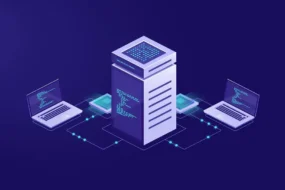To recover hard drive data from the window is difficult, but you can get spectacular results if you approach it methodically and find the best solution for your specific data loss problem.
Using the methods detailed in this article, you should be able to determine when it’s best to seek data recovery specialists and when you can recover your data at home using easily accessible Windows, macOS, and Linux applications and approaches.
Approximately 3 billion hard drives are shipped every year, yet not all of them serve their consumers equally effectively. After only a few months of use, some hard drives develop serious issues, while viruses and unstable software Linux applications wreck others. Of course, not all users utilize hard drives responsibly, which increases the likelihood of failure and data loss.
In general, hard drive problems can be split into two categories:
Logical Harm
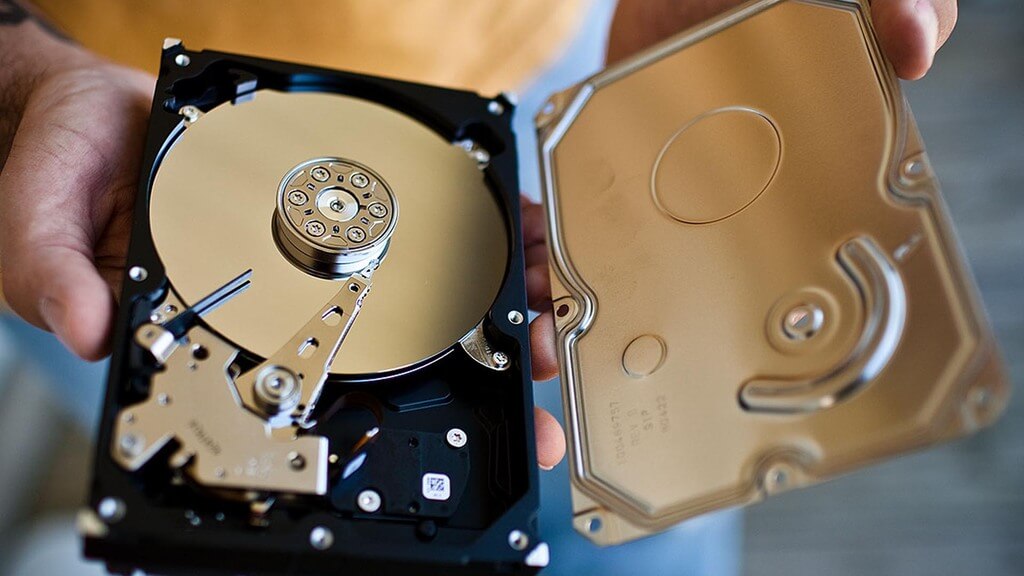
Hard drive problems in this area are related to software and how data is stored on and retrieved from the file system. Faulty hardware, driver difficulties, virus, reformatting, power outages, and other things might cause it. Our files may become inaccessible or disappear if a logical hard drive fails. The computer operating system may also be corrupted; these are the most common faulty hard drive symptoms of logical harm. Although a hard drive with logical damage continues to work correctly, the data may be inaccessible. In most circumstances, data recovery software can recover deleted data from Hard drives.
Significant Damage
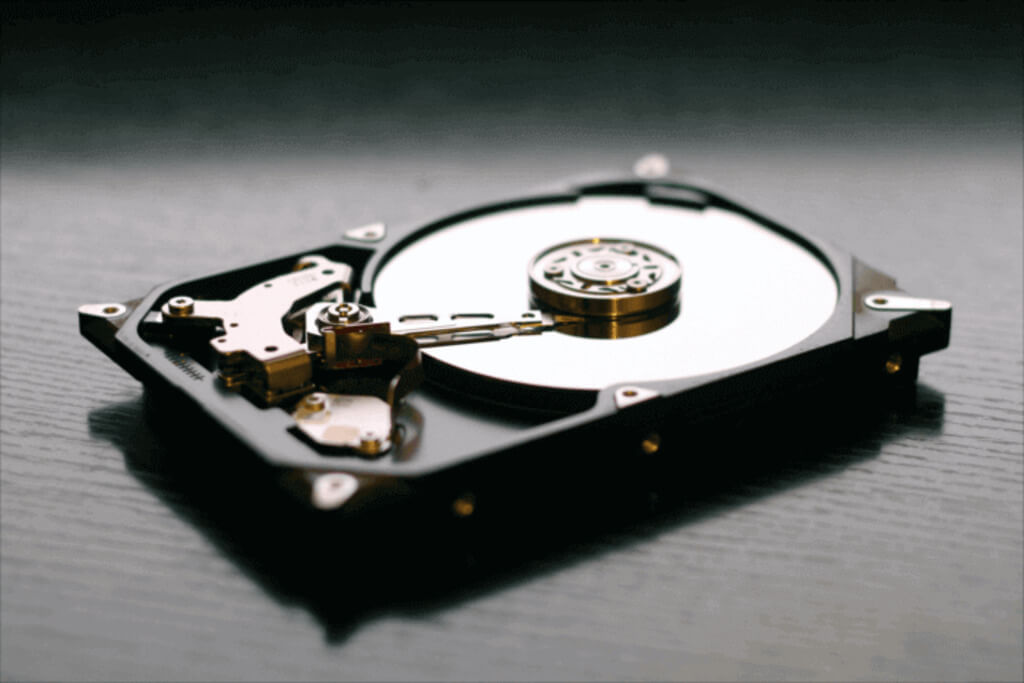
On the other hand, hard drive problems caused by physical damage hinder the hard drive from functioning correctly. Dead and ripped heads, platter scratches and further damage, a stuck motor, and environmental deterioration are examples of such concerns. Clicking sounds and other noises are common symptoms of these faults, and they must be resolved. Before we go into how to recover HDD data with it, let’s take a quick look at its capabilities.
Data recovery software scans the drive during the data restoration process, looking for data fragments that can be recovered. It then understandably reconstructs the salvaged data.
Users can select from a variety of hard disk recovery software solutions. You should choose a dependable solution compatible with your operating system that supports all of the file types you need to recover.
Tips for Data Recovery
- Before you begin, check out these data recovery suggestions to help you increase the success rate of your hard drive recovery service.
- Always recover to a separate storage device than where your files were originally saved.
- Avoid unnecessary data transfer procedures until your files have been recovered.
- Make use of a reputable hard drive recovery software program.
How to Recover Data from a Hard Drive in Windows
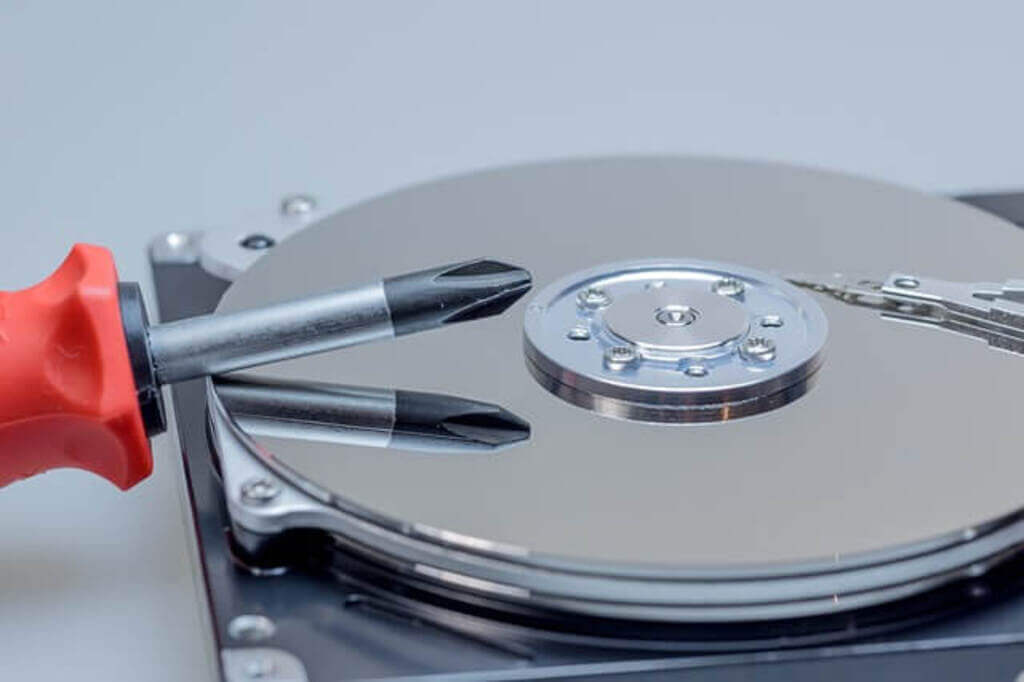
As long as you have adequate DIY data recovery software, recovering hard drive data on Windows should be a breeze, and you might be amazed at how many files you can recover. But enough of that, let’s look at how to recover data from a hard disk in Windows.
Download and Install Disk Drill for Windows
First, download and install Disk Drill for Windows on your computer. Don’t be startled if the installer prompts you for administrator credentials. Remember that you should install Disk Drill on a drive other than the one you’re attempting to restore.
Open Disk Drill and Run a Scan
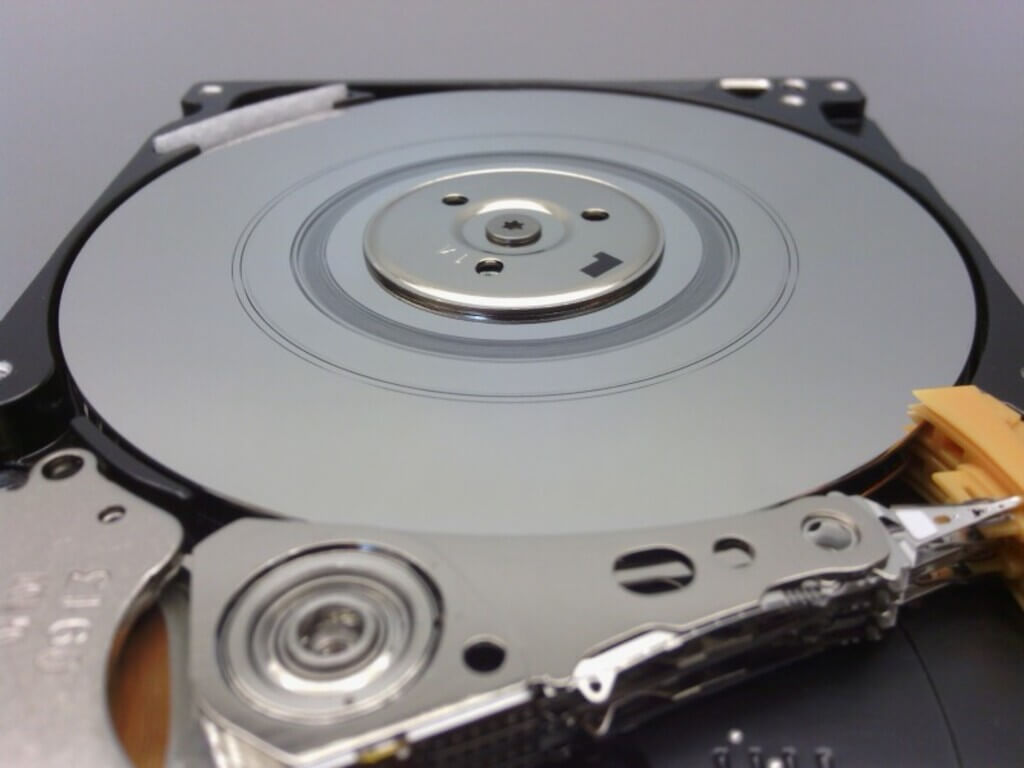
Now that Disk Drill is installed on your computer, you may run it. It will request administrator credentials, which are required to access file system storage devices. When the main window opens, you should see a list of your storage devices, including your hard disc. To start a scan, select it and click Search for lost data.
Click and Recover Your Data
Allow Disk Drill to detect the missing files before using the filters in the left pane to find the data you want to restore. You can preview any file by hovering your cursor and clicking the Preview this item button before recovering it. Click the little checkbox next to the files you want to recover to select them. You can click the Recover button when you’re ready to get them back. Disk Drill can assist you in choosing an appropriate recovery drive.
Conclusion
There are various types of hard drive issues that can cause data loss. Not all of them can be treated at home, so you should always undertake a hard drive recovery service to find the best hard drive data recovery strategy feasible.
You’ll know how to run a hard drive diagnosis to determine the best data recovery strategy the next time you have a hard drive data loss problem. Hopefully, you’ve backed up your data and won’t need to utilize hard drive recovery software or pay for expert data recovery services.
In Case you Missed it!:









